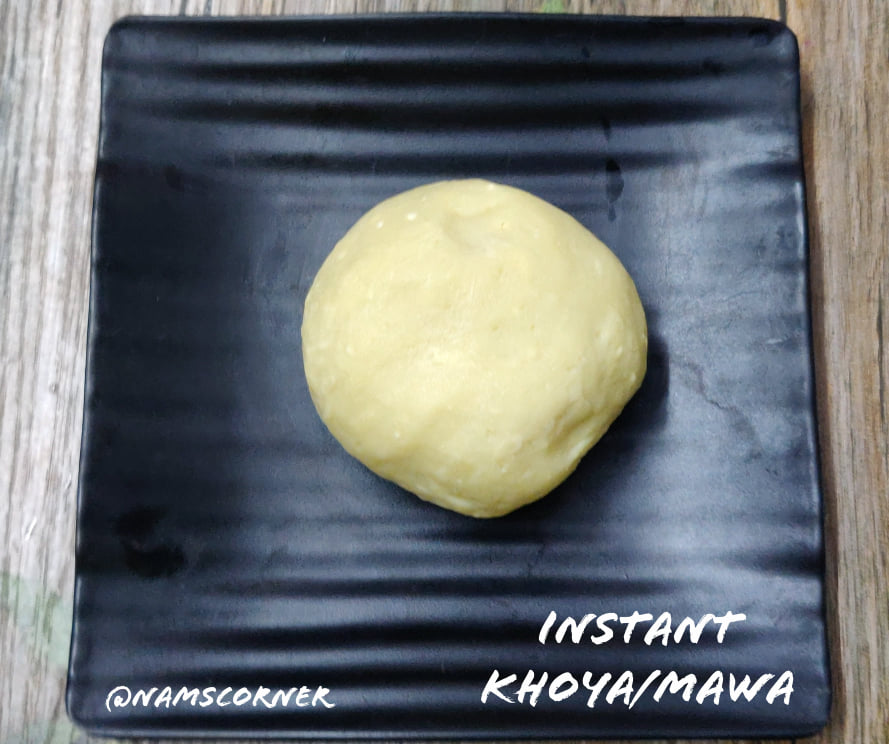

### Khoya Recipe – How to Create Khoya at Home (Unsweetened Khoya Recipe)
Khoya, often referred to as mawa, serves as a key ingredient in Indian confections and desserts. It is a rich, concentrated milk solid produced by simmering whole milk until it achieves a thick consistency. Although the khoya-making process is simple, it demands time and careful attention. This article will walk you through the steps to make unsweetened khoya in your own kitchen.
#### Ingredients:
– 1 liter whole milk
#### Instructions:
1. **Preparation**: Begin with fresh whole milk. Pour the milk into a heavy-bottomed saucepan to avoid burning.
2. **Boiling the Milk**: Set the pan on medium heat and bring the milk to a boil. Stir occasionally to keep the milk from sticking to the pan’s bottom.
3. **Simmering**: After the milk reaches a boil, reduce the heat to low. Keep simmering the milk, stirring regularly. This step will take approximately 2 to 2.5 hours. The aim is to evaporate the liquid from the milk and thicken it into khoya.
4. **Thickening**: As the milk reduces, it will begin to thicken. Stir continuously to promote even cooking and avoid burning. You will see milk solids starting to appear.
5. **Final Stage**: When the milk has thickened considerably and most of the moisture has evaporated, khoya will be ready. It should have a soft, crumbly texture for dhapa khoya, or a denser texture for danedar or pindi khoya.
6. **Cooling**: After the desired consistency is reached, take the pan off the heat and allow the khoya to cool.
7. **Storage**: Place the khoya in an airtight container. It can be refrigerated for up to a week. For longer storage, consider freezing it.
#### Types of Khoya:
– **Chikna (Dhapa)**: Soft and wet, commonly used in sweets such as gulab jamun and rabri.
– **Danedar**: Slightly tougher with a grainy feel, perfect for kalakand and milk cake.
– **Pindi**: Firm and dry, typically shaped for burfi and laddu.
#### Uses of Khoya:
Khoya is multifunctional and can be incorporated into both sweet and savory meals. Some well-known khoya-based sweets include:
– Khoya Peda
– Khoya Burfi
– Khoya Gulab Jamun
– Khoya Jalebi
– Khoya Gajar Ka Halwa
In savory dishes, khoya can elevate the richness of recipes such as khoya naan and khoya matar.
#### Conclusion:
Making khoya at home is a fulfilling endeavor that enables you to relish fresh, pure khoya without any additives. With just one ingredient and a little time, you can produce this vital element for a range of delightful Indian sweets. Savor your homemade khoya in your preferred recipes!